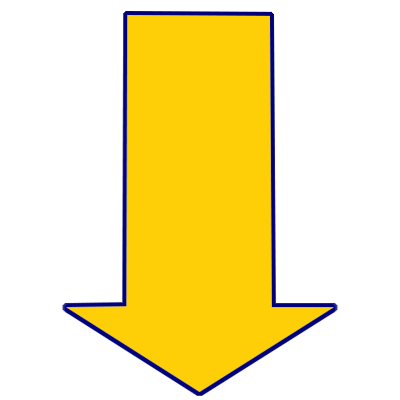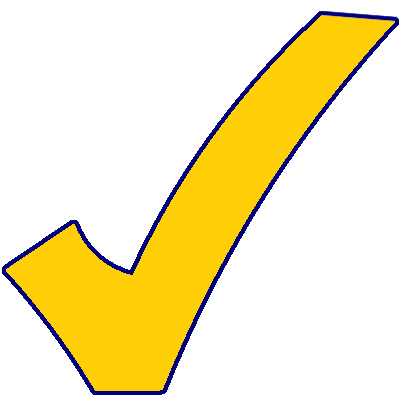The Division on Career Development and Transition (DCDT) of the Council for Exceptional Children defines transition assessment as “an ongoing process of collecting data on the individual’s needs, preferences, and interests as they relate to the demands of current and future working, educational, living, and personal and social environments. Assessment data serve as the common thread in transition services to be included in the Individualized Education Program (Sitlington, Neubert, LeConte 1997; pg. 70-71). Federal law requires that “appropriate and measurable postsecondary goals based upon age appropriate transition assessments related to training, education, employment, and, where appropriate, independent living skills.”
In summary, transition assessments can drive the IEP to be more meaningful and comprehensive to the student. A clear and comprehensive transition plan allows the IEP team to understand what the student wants and needs for the future. Transition assessments should allow us to answer these questions: Source: http://project10.info/files/trans_fact_sheet_1_.pdf
Where is the student currently? |
This can include the students current interests, hobbies, current or future job choices, academic performance/interests, behavioral supports, etc. A key component that often gets overlooked is assessing how well the student understands his/her/their disability and how it impacts their daily life. Understanding one’s disability allows them to discover what accommodations or adaptations are needed in their everyday routines. |
Where does the student want to go? |
It is important to have active listening in transition assessments and to be supportive of the student’s future plans. This could include finding a job after high school, attending college, living on their own, going to a trade school or apprenticeship, etc. They may also mention moving out of state, having their own family one day, and other things that are important to their future. |
How does the student get there? |
Being able to identify where the student is and then where he/she wants to go, allows us to develop a plan to help them reach their goals and desires. This is where the transition plan becomes a vital role throughout middle school and high school; preparing for life after high school. This often includes placing them in appropriate academic classes that line up with their postsecondary goals, preparing them for necessary job skills, independent living, and social skills. Most importantly the student gets there by having an IEP team that works together to fulfill their goals. |
Types of Assessments
(The following information has been adapted from transitionta.org)
Using age-appropriate transition assessments is key to asking the right questions. A combination of both informal and formal assessments is often suited as best practice. The following list of informal and formal assessments is limited, and some assessments may not be accessible to every district. The list is to be used as a guidance tool to help case managers make professional decisions on transition assessment options.
Informal Assessments
Informal assessments can include interviews or questionnaires, direct observations, anecdotal records, environmental or situational analysis, curriculum-based assessments, interest inventories, preference assessments, and transition planning assessments.
Formal Assessments
Formal assessments include adaptive behavior and independent living assessments, aptitude tests, interest assessments, intelligence tests, achievement tests, personality or preference tests, career development measures, on the job training evaluations, and measures of self-determination. Qualified professionals should deliver some of these assessments, and it is likely that this child may have already participated in a similar assessment, however it is important to note that the assessment should be recent.
The Nebraska Department of Education’s Transition Website includes a plethora of transition assessments that educators can use. View the transition assessments that may be appropriate for your students. You should also reach out to your Regional Transition Facilitator to receive guidance and other assessments that may be available for your school district. Contact information for your regional transition facilitator.
